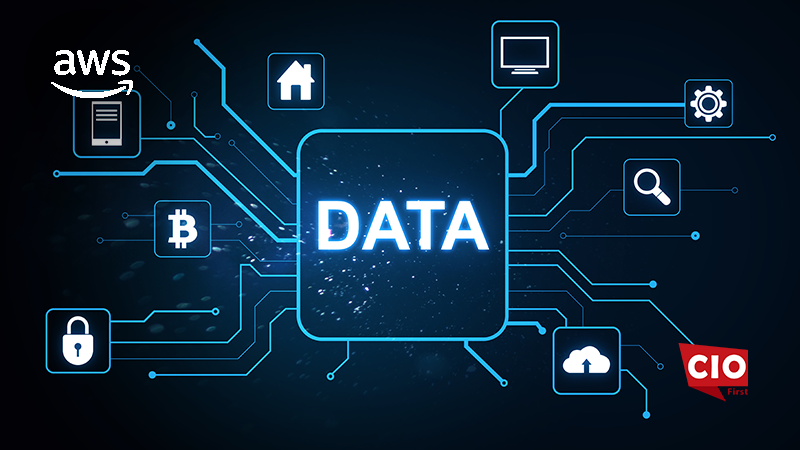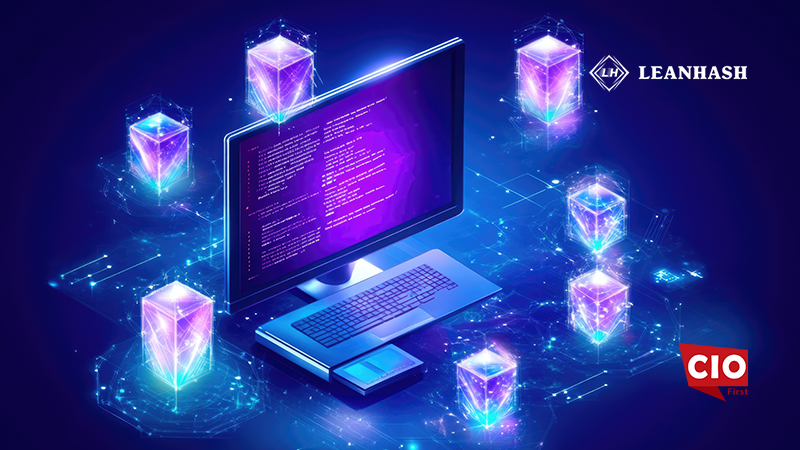WiMi Hologram Cloud Inc., a leading global Hologram Augmented Reality Technology provider, announced that it is working on the Federal Learning on Blockchain (FLoBC), aiming to address two core challenges in the current data science field by integrating cutting-edge advances with blockchain technology and federated learning. The two challenges are data privacy protection and efficient training of large-scale machine learning models.
Federated learning is a distributed machine-learning approach that allows models to be trained collaboratively without directly exchanging or centralizing raw data. This mechanism effectively protects user privacy by performing local model training on each participating node (e.g., mobile devices, enterprise servers, etc.) and sharing only updates to model parameters rather than raw data. However, the traditional federated learning framework faces problems such as inefficient communication and slow model convergence when facing large-scale, decentralized datasets, which is the key breakthrough direction of the blockchain-based federated learning framework researched by WiMi.
Blockchain technology, with its tamper-proof, transparent and distributed nature, provides a new foundation of trust for data sharing and transactions. In the blockchain-based federated learning framework, blockchain not only serves as a distributed ledger to record every transaction of model update to ensure the transparency and verifiability of the training process, but also automates the management of verification, integration and incentive mechanism of model update through smart contracts, which facilitates collaboration and trust building in a decentralized environment.
Also Read: Stax Appoints Sagar Bansal to Strengthen FinTech and Financial Services Expertise
The blockchain-based federated learning framework utilizes the distributed nature of blockchain networks to design an efficient set of inter-node communication protocols and task scheduling algorithms that enable multiple nodes to process different parts of model training in parallel, significantly accelerating the training process. This mechanism is particularly suitable for processing large datasets and optimises computational resources.
In addition, by constructing an autonomous learning network without a central coordinator, the blockchain-based federated learning framework ensures system resistance to a single point of failure. Each participating node can independently validate model updates, maintaining the consistency and stability of the entire network.
WiMi‘s blockchain-based federated learning framework has a wide range of applications, involving sensitive data and large-scale model training, from financial risk control, and healthcare data analysis to personalized recommendation systems. However, many technical challenges need to be overcome to realize this vision, including improving cross-chain interoperability to expand data sources, enhancing encryption algorithms to protect the privacy of model updates further, and optimizing incentives to attract more participants to join the federated learning network.
The blockchain-based federated learning framework is not only an attempt to deeply integrate the existing federated learning and blockchain technologies, but also a forward-looking response to the demand for privacy protection and efficient computation in the future data economy. It integrates the advantages of federated learning to protect data privacy by training models locally with the decentralized and transparent characteristics of blockchain, and creates an innovative path to maximize data value under the premise of protecting data privacy by ensuring the credibility of model updates, establishing an effective incentive mechanism, and strengthening security, which is the cutting-edge direction for the integration of current data science and privacy protection technologies. With the continuous development of technology and the deepening of application exploration, the blockchain-based federated learning framework is expected to become an important driving force to promote the development of artificial intelligence and data science.
SOURCE: PRNewsWire


























